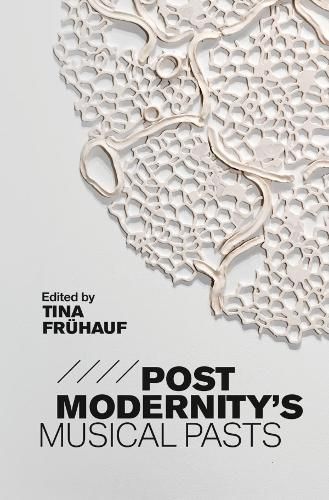Readings Newsletter
Become a Readings Member to make your shopping experience even easier.
Sign in or sign up for free!
You’re not far away from qualifying for FREE standard shipping within Australia
You’ve qualified for FREE standard shipping within Australia
The cart is loading…






Postmodernity’s Musical Pasts relies on an extensive and varied spectrum of topics, from both the centre and the periphery of the musicological canon, that mirror the eclectic and diverse nature of the postwar era itself. The first section, ‘Time and the (Post)Modern’, investigates how to understand manifestations of the past in musical composition with regard to time, on the one hand, and with regard to genre, style, and idiom, on the other. The second section, ‘Manifestations of History’, shows how time and history manifest themselves in art music. A third section, ‘Receptions of the Past’, takes the contrasts and transitional moments of post-1945 practices further by looking at the temporality of reception from different angles. A final part investigates questions of nostalgia and the temporalities of belonging. The volume subverts the understanding of temporality as linear progression of past, present, and future. It offers new avenues of conceptual thinking relevant for those engaged in the study of music history and culture and for the humanities at large.
$9.00 standard shipping within Australia
FREE standard shipping within Australia for orders over $100.00
Express & International shipping calculated at checkout
Postmodernity’s Musical Pasts relies on an extensive and varied spectrum of topics, from both the centre and the periphery of the musicological canon, that mirror the eclectic and diverse nature of the postwar era itself. The first section, ‘Time and the (Post)Modern’, investigates how to understand manifestations of the past in musical composition with regard to time, on the one hand, and with regard to genre, style, and idiom, on the other. The second section, ‘Manifestations of History’, shows how time and history manifest themselves in art music. A third section, ‘Receptions of the Past’, takes the contrasts and transitional moments of post-1945 practices further by looking at the temporality of reception from different angles. A final part investigates questions of nostalgia and the temporalities of belonging. The volume subverts the understanding of temporality as linear progression of past, present, and future. It offers new avenues of conceptual thinking relevant for those engaged in the study of music history and culture and for the humanities at large.